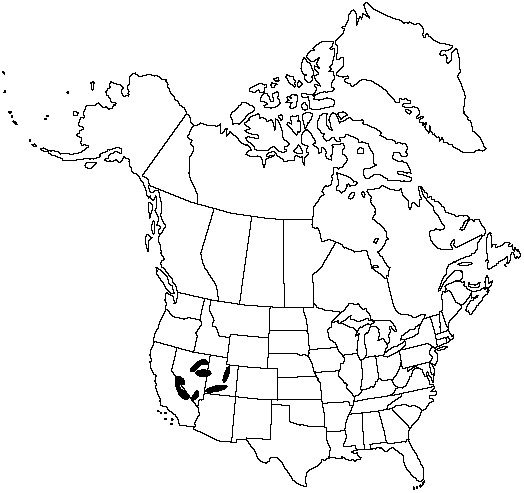Difference between revisions of "Pinus longaeva"
Ann. Missouri Bot. Gard. 57: 243. 1970.
FNA>Volume Importer |
imported>Volume Importer |
||
| Line 8: | Line 8: | ||
}} | }} | ||
|common_names=Intermountain bristlecone pine | |common_names=Intermountain bristlecone pine | ||
| + | |special_status={{Treatment/ID/Special_status | ||
| + | |code=E | ||
| + | |label=Endemic | ||
| + | }} | ||
|basionyms= | |basionyms= | ||
|synonyms={{Treatment/ID/Synonym | |synonyms={{Treatment/ID/Synonym | ||
| Line 48: | Line 52: | ||
|publication title=Ann. Missouri Bot. Gard. | |publication title=Ann. Missouri Bot. Gard. | ||
|publication year=1970 | |publication year=1970 | ||
| − | |special status= | + | |special status=Endemic |
| − | |source xml=https:// | + | |source xml=https://bibilujan@bitbucket.org/aafc-mbb/fna-data-curation.git/src/bb6b7e3a7de7d3b7888a1ad48c7fd8f5c722d8d6/coarse_grained_fna_xml/V2/V2_784.xml |
|genus=Pinus | |genus=Pinus | ||
|species=Pinus longaeva | |species=Pinus longaeva | ||
Revision as of 22:15, 27 May 2020
Trees to 16m; trunk to 2m diam., strongly tapering; crown rounded, flattened (sheared), or irregular. Bark red-brown, shallowly to deeply fissured with thick, scaly, irregular, blocky ridges. Branches contorted, pendent; twigs pale red-brown, aging gray to yellow-gray, puberulent, young branches resembling long bottlebrushes because of persistent leaves. Buds ovoid-acuminate, pale red-brown, ca. 1cm, resinous. Leaves mostly 5 per fascicle, upcurved, persisting 10–30 years, 1.5–3.5cm × 0.8–1.2mm, mostly connivent, deep yellow-green, with few resin splotches but often scurfy with pale scales, abaxial surface without median groove but with 2 subepidermal but evident resin bands, adaxial surfaces conspicuously whitened with stomates, margins entire or remotely and finely serrulate distally, apex bluntly acute to short-acuminate; sheath ca. 1cm, soon forming rosette, shed early. Pollen cones cylindro-ellipsoid, 7–10mm, purple-red. Seed cones maturing in 2 years, shedding seeds and falling soon thereafter, spreading, symmetric, lance-cylindric with rounded base before opening, lance-cylindric to narrowly ovoid when open, 6–9.5cm, purple, aging red-brown, nearly sessile; apophyses much thickened, sharply keeled; umbo central, raised on low buttress, truncate to umbilicate, abruptly narrowed to slender but stiff, variable prickle 1–6mm, resin exudate pale. Seeds ellipsoid-obovoid; body 5–8mm, pale brown, mottled with dark red; wing 10–12mm.
Habitat: Subalpine and alpine
Elevation: 1700–3400m
Distribution

Calif., Nev., Utah.
Discussion
Pinus longaeva is considered by dendrochronologists to be the longest-lived tree. One tree was estimated to be 5000 years old.
Selected References
None.